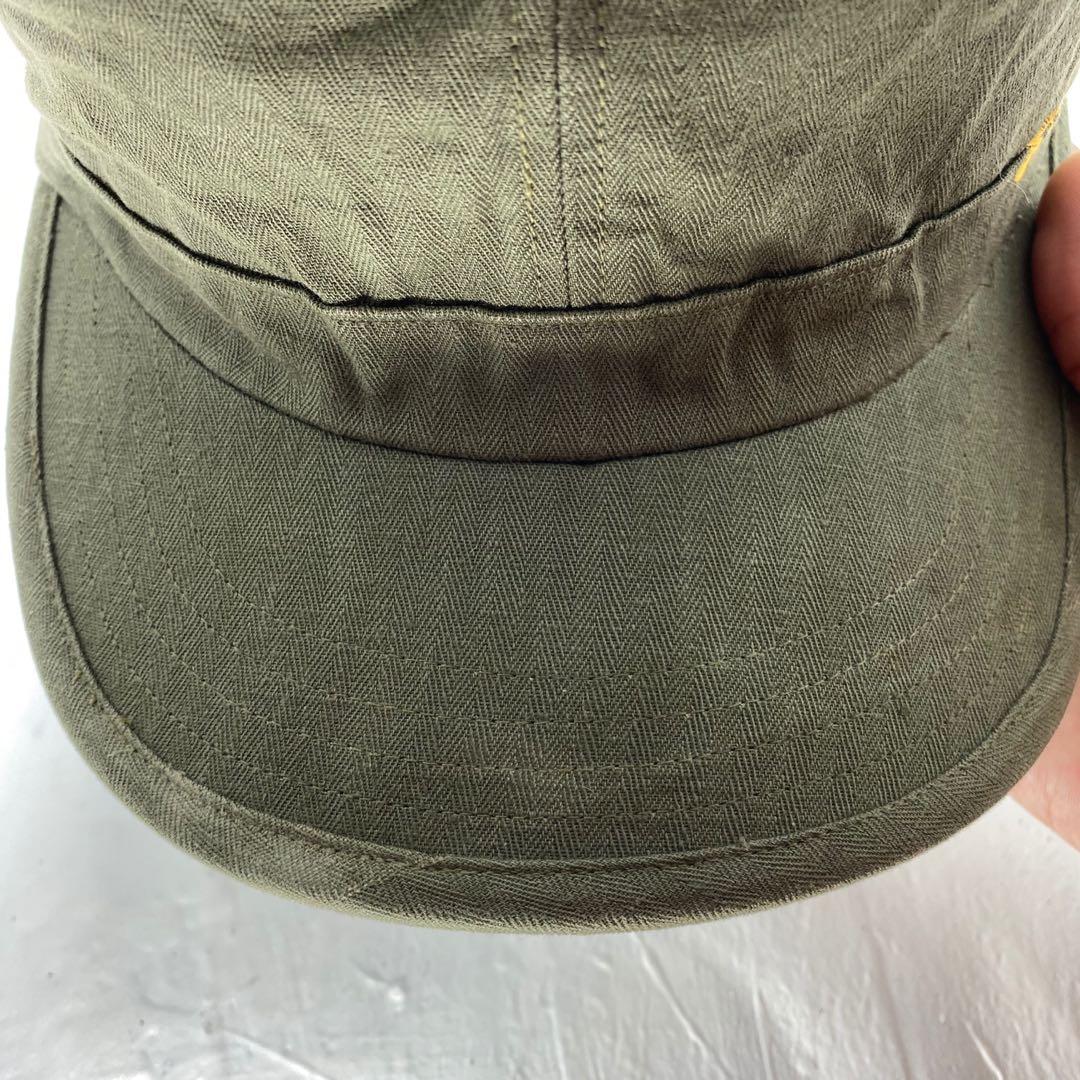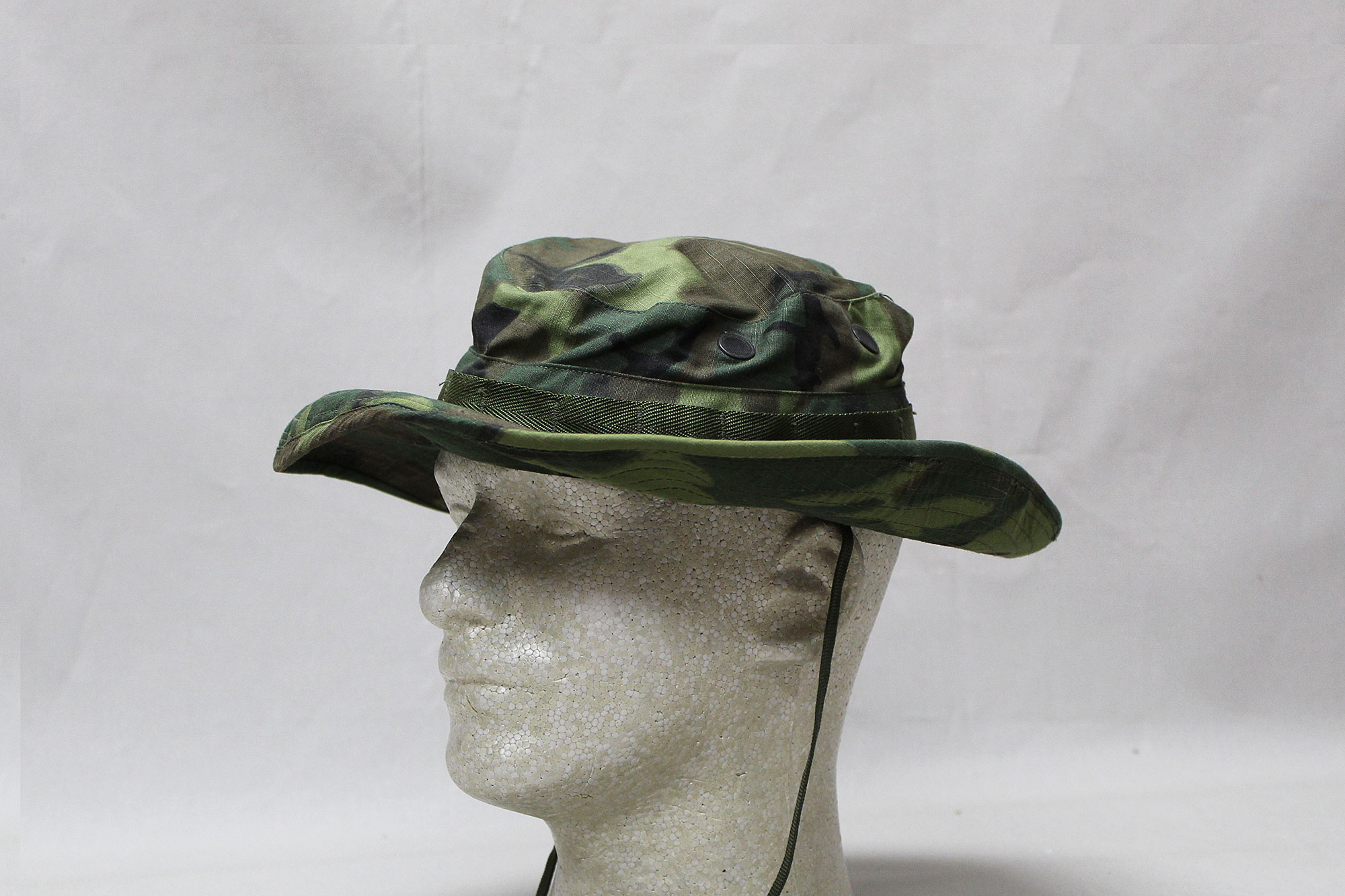Us Army Hat Types - This article needs additional citations for validation. Please help improve this article by citing reliable sources. Unsourced material may be challenged and removed. Find Source: "Boonie Hat" - News · Newspapers · Books · Scholars · JSTOR (Jan 2022) (Learn how and how to remove this template information)
A baseball cap or baseball cap is a wide-brimmed sun hat commonly used by military forces in subtropical climates. Its design is similar to a bucket hat, but with more shading.
Us Army Hat Types

Australian finches have a thin shade. A "horn ring" of fabric is often sewn around the crown of the hat. This "leaf ring" is intended to hold additional plants as a camera. A strap provides stability. Eyelashes or small mesh panels can be installed on the crown. Snacks can be guaranteed with an Australian hat-style edge.
The Ultimate Guide To Bdus
A blue cap was issued as part of the 1937 pale blue fatigue uniform, nicknamed the "Daisy Oil Cap".
. The M1941 gre herringbone twill fatigue uniform has the same cap. Military hats inspired the "Johnny Jeep" hats (or "Johnny Jeepers") printed on the cover of 24 John. Satirized in the August 1942 issue of Life Magazine and an accompanying article. The cover features two female models wearing stylish hats, and the article lists fashion accessories from John-Frederick (from the famous factory known as Mr. John) at $25 and an "army hat" at 45¢. Photographs of GIs showing different ways to wear hats are included in the caption article. Lord & Taylor has licensed duplicates at affordable prices. A cheap knock-off ("bootleg emulation") soon followed.
The Boonie hat was introduced to the US Armed Forces during the Vietnam War, where Army Green Berets of the US 5th Special Forces Group began wearing them in the field alongside Australian and Republic of Vietnam Army troops.
These leopard-spot or leopard-stripe hats are locally sourced, and the camisole fabric is usually made from other uniform materials, paraphernalia, or tailor-made. The name is derived from "boin", a shortened form of Boin (itself originally a Tagalog bandok during the Philippine-American War, an American military slang for "mountain").
The U.s. Army Is Updating Its Grooming Policy To Address Lack Of Inclusion
In 1967, the U.S. Army began issuing "Hat, Jungle, and Insect Net" camouflage hats made of cotton and wind-resistant cotton in dull olive, tiger stripe, and ERDL patterns.
It was intended to complement and replace the patrol and baseball caps used since World War II. As the U.S. military moved away from garrison uniforms, the baseball cap found a permanent place as part of the uniforms of all services. The Boeing helmet changed little in the decades after the Vietnam War and was used as a patrol helmet during the Iraq War and the Afghanistan War. The US military camouflage helmet comes in a variety of cam styles and the current range includes Woodland, Triangular Desert, Desert and Forest versions of the UCP, MultiCam and MARPAT as well as the Air Force ABU model.
A bohemian hat often had the wearer's logo affixed or stitched to the front of the brim ring.

In 1968, the US Army approved the use of the ERDL (Engineering Research Development Laboratory) model, which was used in 1969 and later used in the production of hats from cotton material. These were marked "Hooded, Camouflage (Warfare) Type II" from 1968 onward. They served in the Army and Air Force beginning in 1968 and in the Navy and Marine Corps from 1969-70.
Calee Japan Army Cap, Men's Fashion, Watches & Accessories, Cap & Hats On Carousell
Later neckties were called "hats, sun" or "hats, sun, hot weather", which is still the term for this type of covering. They are sewn in different ways, from cotton thread or nylon bld fabric.
A similar wide-brimmed hat in the Australian Army was known as a duppa hat, although most Australian soldiers today call them a log hat, unlike the earlier, downward-sloping hat called a log hat. Along with the peaked cap, the laughing cap was issued as the standard uniform for Australian soldiers fighting in the Western Pacific Theater during World War II. The design appears to be derived from earlier British uniforms intended for combat in hot and humid conditions. They were known by Australian soldiers as "laughing caps" (also "funny utility-caps") because of their appearance.
This ridiculous hat became popular during the Malaysian Emergency. Malaysia's extreme heat and heavy rains proved essential. Along with the British, the Australian Army began to issue this type of helmet, which was steeper and more upright than its earlier counterparts. It was made of the same materials as the warm-weather battle uniform and, unlike the veil hat, began to take on a more ceremonial role rather than a field accessory.
These hats became popular during the Vietnam War, when they were known to Australians as "Hats of Use, Jungle Grey", although they were known as ridiculous caps. Their New Zealand counterparts called them "J-hats". Hats were issued to most of the Australian soldiers in the conflict. The army issued several rules: the hat could not be altered or cut in any way, and it had to be worn outdoors at all times. The helmet also served to break the recognizable lines of the soldier's head. It was made of cotton and issued with gray olive, the standard color of Australian battle uniforms at the time.
U.s. Navy Boonie Hat, Nwu Type I Digital
Multicam Pattern has released the Curt Laughter Hat. They continue to be used extensively by the Australian Defense Force and are issued to everyone serving in the Australian Army and Royal Australian Air Force (RAAF). The uniform has long included a tactical or military-style hat. The most popular of these are patrol caps, business caps, and baseball caps. In this post, we'll examine the bowler hat and see how it differs from another popular headwear, the bucket hat.
In this blog post: What is a Boonie Hat? What is a bucket hat? Boonie Hat vs Bucket Hat Why do special forces wear boonie hats? Why do shooters wear visors? Is it OK for citizens to wear beanies? How to wear a boonie hat? When can you wear a bonnet in the army? Other Types of Military Hats and Headgear Summary What is a Bonnet Hat?
The beanie hat (also known as the sun hat or "boondock hat") is a wide-brimmed military hat that was popular during the Vietnam War and is one of the most recognized military hat styles in the world today. You can learn more about the history of pythons here.

A bucket hat (also known as a fisherman's hat) is used for civilian recreation (including hiking, trekking, and mountain climbing). It is usually made of cotton, cloth or cane.
Us Army Veteran 3rd Armored Division Man Classics Cap Girl's Fashion Hat Cowboy
The neck and bucket hat are similar. Still, the two hats are fundamentally different in terms of construction and functionality.
First, a baseball cap has a hard brim and a bucket hat has a soft brim.
The rigidity of the rim makes it easy to shape the helmet to fit the wearer's needs (although, as you'll learn in a moment, US military regulations prohibit such modifications). Still, despite the regulations, the edges can be shaped to reduce wearer vibration and make the head more difficult to recognize from a distance.
In contrast, the rounded edge of a bucket hat doesn't really allow for formation. The way it comes from the manufacturer is still pretty good.
Us Army Hat Sun Hot Weather Type Vi Ocp Multicam Size 6 1/2 Boonie Bucket Hat
Another difference is that the crown of the bowler hat is usually surrounded by a group of rings. Bucket hats usually lack these loops.
Another difference is the purpose of these hats. The Boonie helmet is intended to be worn by operators embarking on tactical or military missions. A mocking hat, as mentioned above, is used for the amusement of citizens.
Why do special forces wear bonnets? Military helmets are often worn by members of the Special Forces. The reason is that this helmet supports many of the mission types that special forces operators perform.

For example, a beanie is a better choice than a hat when a task requires optimal silence while moving toward an objective. The weighted Kevlar helmet bounced on the wearer's head, making a small but distinctive sound. Due to its softness and relatively light weight, the beanie does not make any noise.
Us Army Camo Tropical Combat Hat (vietnam)
Special forces operators also wear skirts because it makes concealment easier. For this, operators can either wear a camo beanie hat (which has the appropriate camo pattern already printed on it), or they can stuff local leaves and grass over a regular beanie hat.
As mentioned above, a padded hat also reduces the wearer's head shaking
Post A Comment:
0 comments so far,add yours